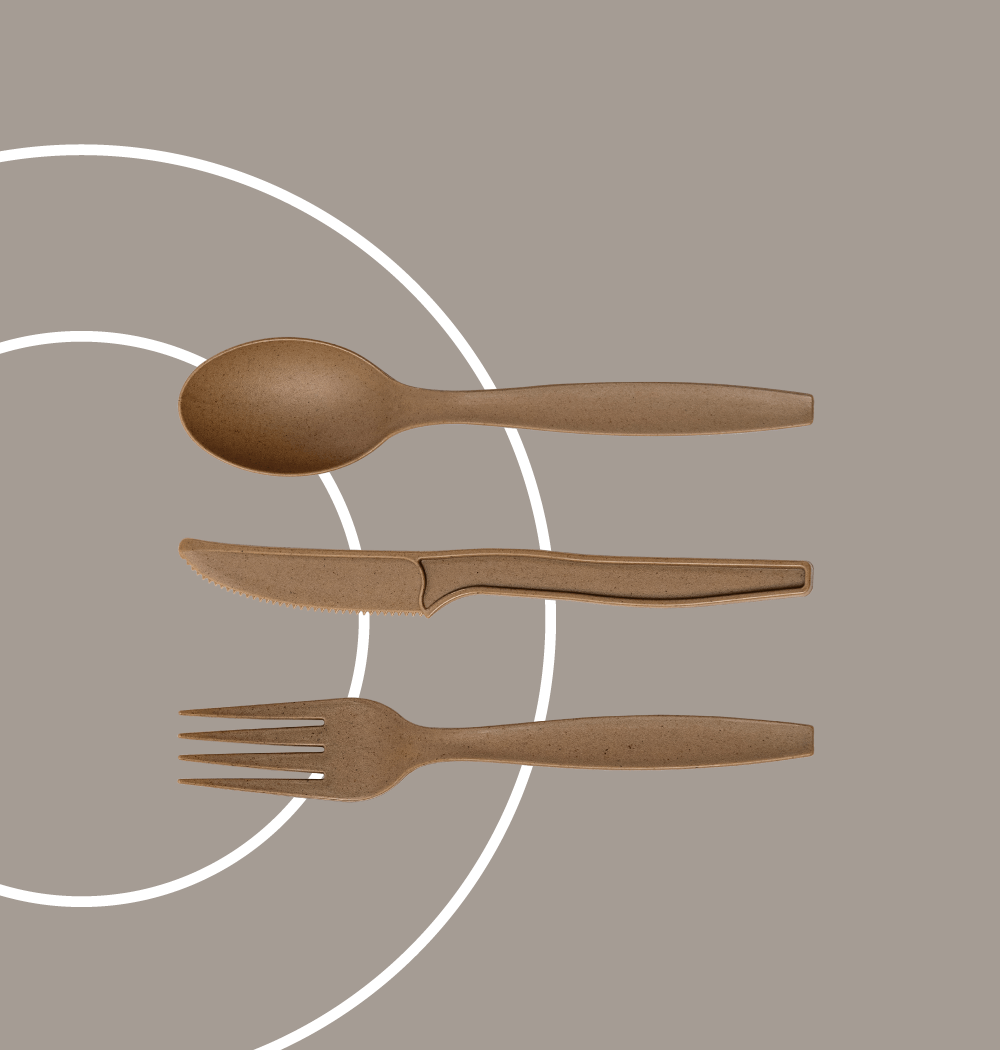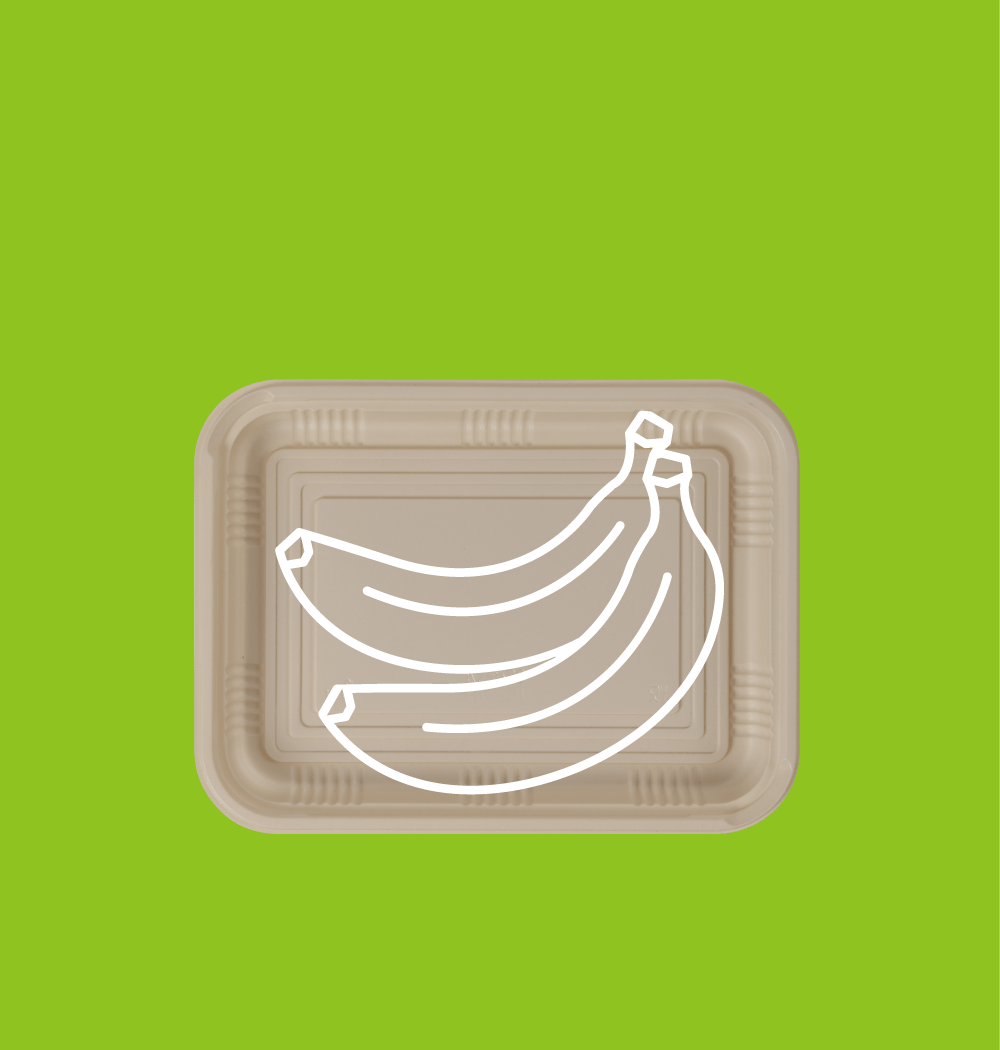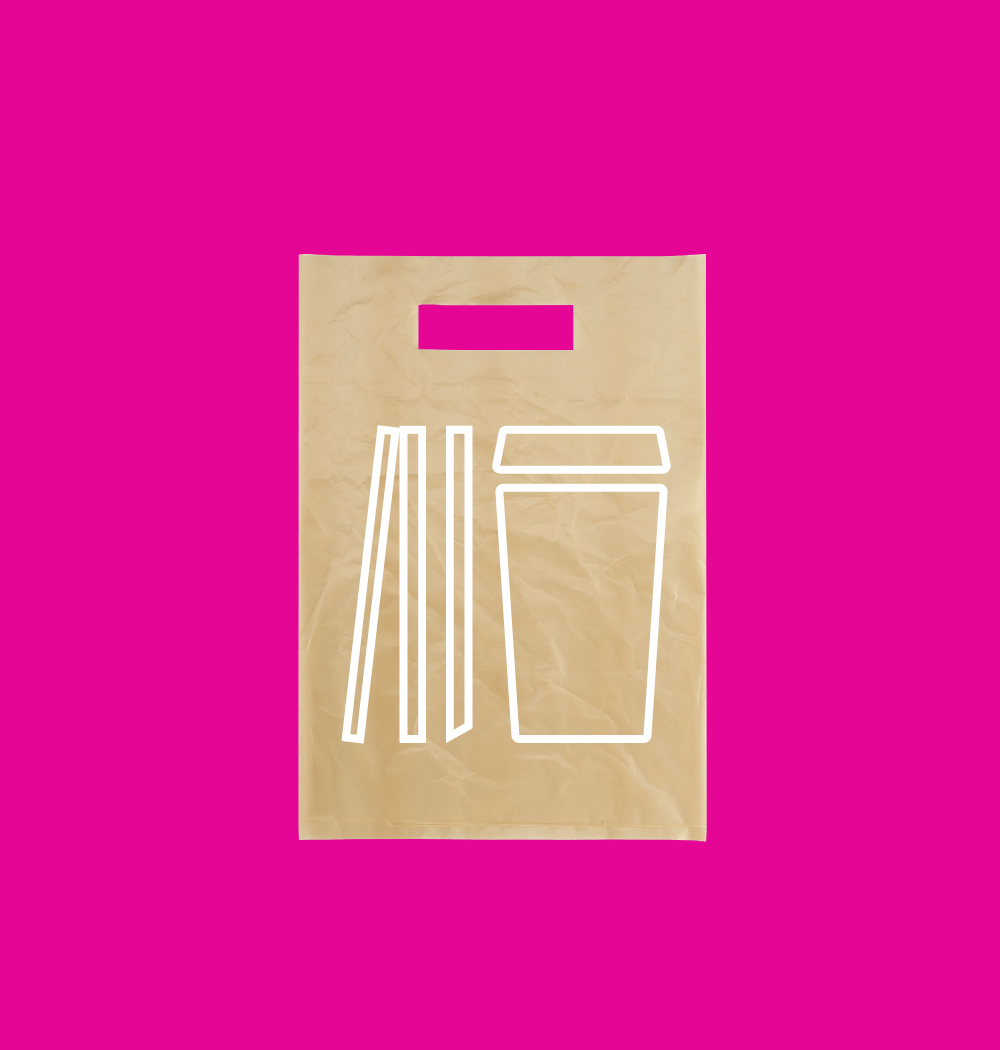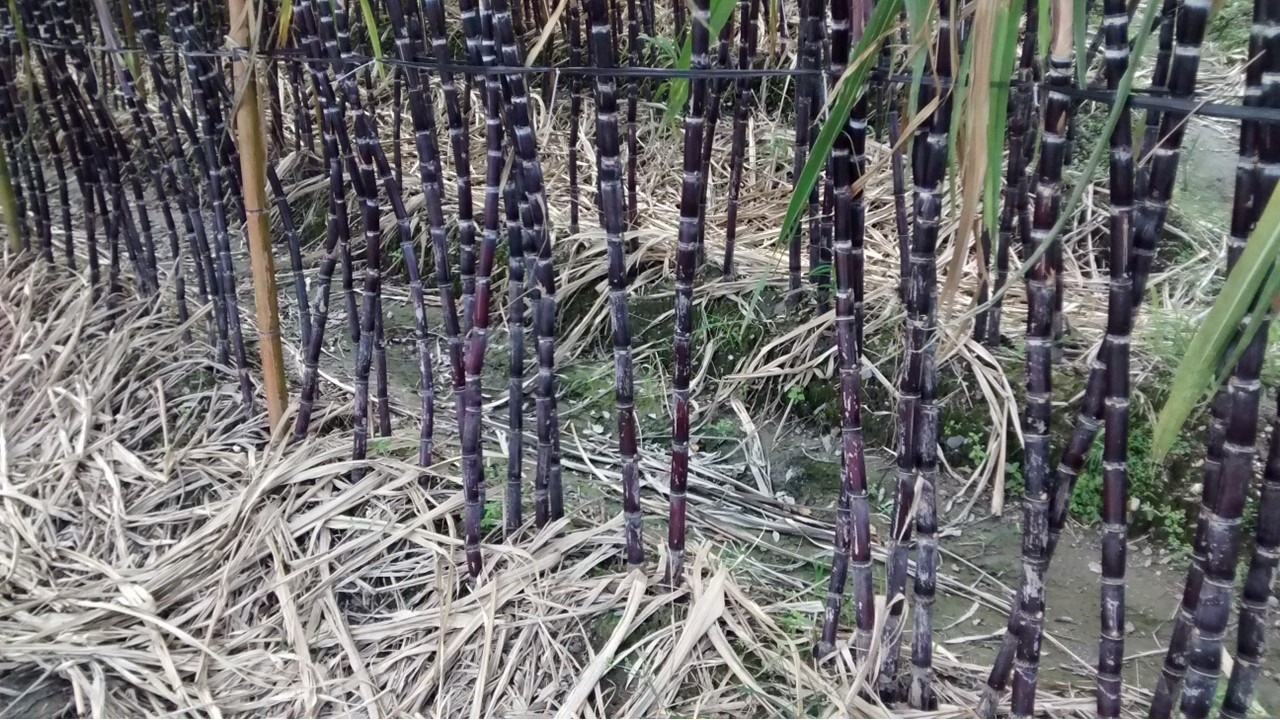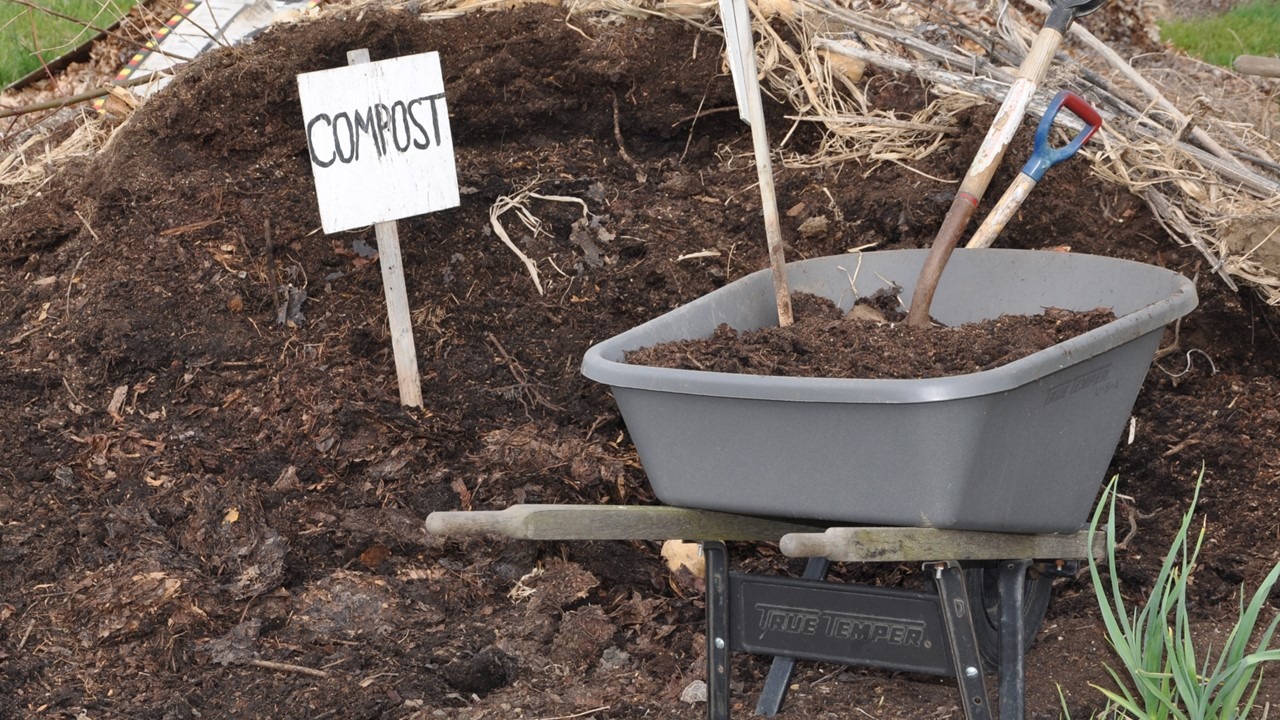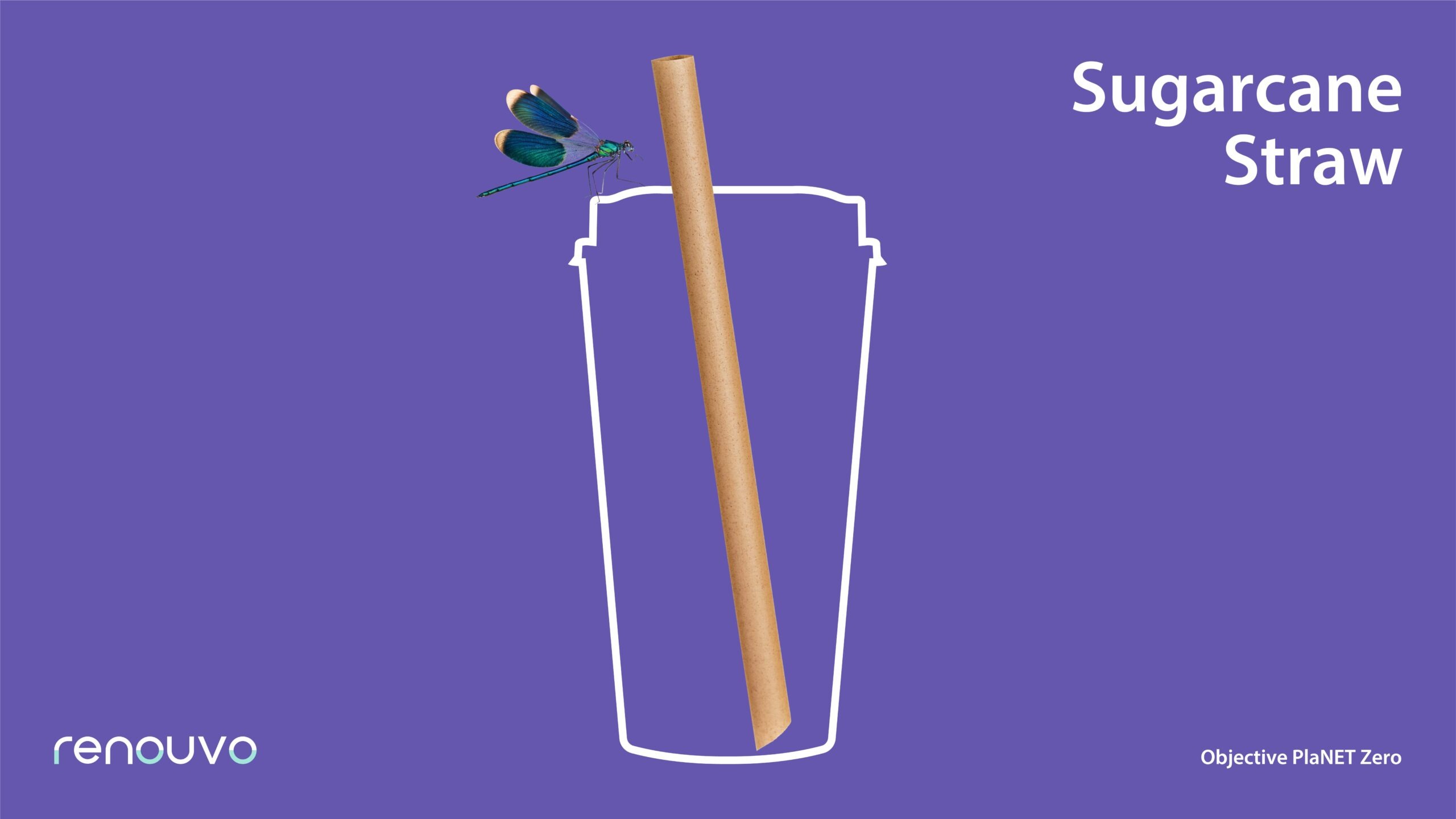Biodegradable straws are a kind of eco-friendly straws made with eco-friendly materials. The main raw materials are plant fibers such as bagasse, bamboo, seaweed, starch, bulrush, and wood. These biodegradable materials are the trends for future materials. This article will introduce the features and applications of the raw materials of biodegradable straws so you can quickly understand the widely-used biodegradable straw materials of the present day.
What are Biodegradable Straws?
Biodegradable straws are made of materials from the environment that return to nature after use. The most primitive straws were biodegradable straws, including rye straws and paper straws. After the invention of plastic, it gradually became the main material for straws as it was durable and cheap. Recently, as plastic waste has resulted in marine debris and the deterioration of climate change, biodegradable straws have once again emerged. With the trend of circular economies, they’ve become a popular eco-friendly product.
What are Biodegradable Straws Made of?
The raw materials of biodegradable straws are mainly plant fibers, including paper made from woody plants and the hollow stems of herbs. Nowadays, some manufacturers even utilize farming byproducts such as bagasse as the material for biodegradable straws. Besides reducing plastic waste, it also puts the spirit of a circular economy into practice.
5 Benefits of Biodegradable Straws
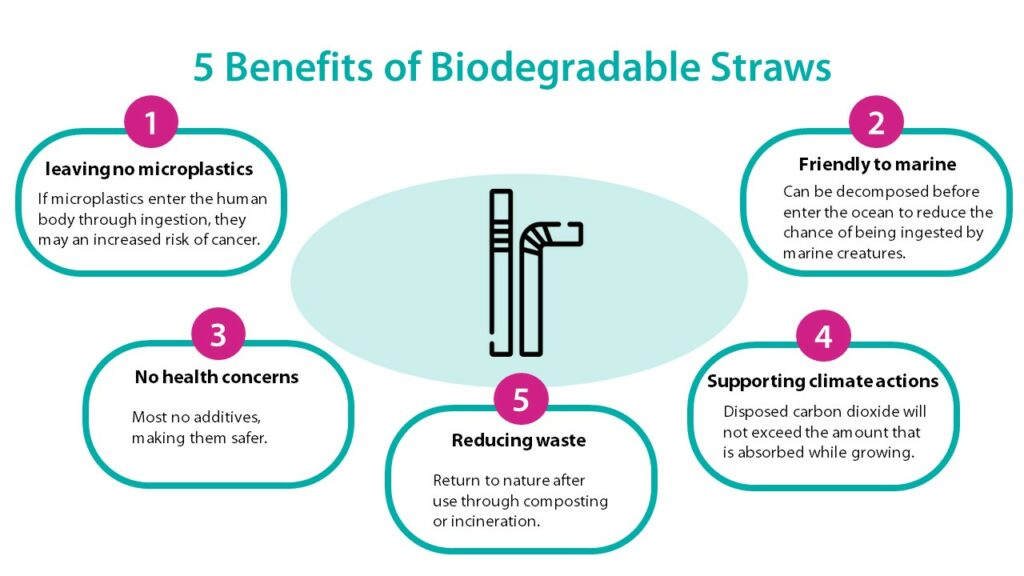
Biodegradable straws mainly have the following five benefits:
Fully degradable, leaving no microplastics
When plastic is exposed to the environment, it will gradually disappear as a result of thermal expansion, sunlight exposure, and natural wear and tear. But this doesn’t mean it’s been decomposed. It will just become small, colorful plastic particles that are hard to see with the naked eye. They are called microplastics and take hundreds of years to be fully decomposed. During this time, they will continue to exist in the environment, traveling to every corner of the world through the water cycle while absorbing harmful heavy metal substances such as mercury, arsenic, lead, cadmium, and copper. If they enter the human body through ingestion, they may cause central nervous system damage, liver and kidney diseases, and an increased risk of cancer. Biodegradable straws are instead made of biodegradable materials that can be fully decomposed to prevent harm we can’t see.
Friendly to marine ecosystems
As plastic straws are slim and small, when in the ocean, they are likely to be eaten by marine creatures and get stuck in the digestive systems of sea turtles, seagulls, or large fish, resulting in injuries or even death. Biodegradable straws can be decomposed before they accidentally enter the ocean to reduce the chance of being ingested by marine creatures. Also, some biodegradable straws are made of plants, such as wheat straws. Even if they enter the ocean, they are like ordinary plants and can safely serve as food for marine creatures.
Natural, with no health concerns
Plastic straws are mainly made of polypropylene (PP). It’s a safe material that’s non-toxic and durable which can withstand heat up to 110-120°C. However, chemical additives are often added during the manufacturing process to improve stability and coloring. These additives may leach out when the straw is bent, chewed, or when acidic beverages are consumed, resulting in health concerns. Many biodegradable straws are made through the simple disinfection and processing of plants with no additives, making them safer.
Supporting climate actions
When biodegradable straws are made from plants, they can be called zero-carbon materials as plants absorb carbon dioxide during the growing process. Even when biodegradable straws are disposed and carbon dioxide is produced in the burning or decomposing processes, it will not exceed the amount that is absorbed while growing. The raw material for plastic straws comes from fossil fuels, which are organic compounds in the earth’s crust. After human extraction and use, they release greenhouse gases back into the atmosphere, exacerbating climate change.
Reducing man-made waste
According to the United Nations Environment Programme (UNEP) statistics in 2021, 400 million tonnes of plastic waste are produced globally while only 9% is recycled and 12% incinerated. The rest all goes to landfills or even into the environment, gradually compressing human living space. Also, as plastic straws are small and light, they often escape from landfills into the environment, resulting in more severe pollution. Biodegradable straws can return to nature after use through composting or incineration, reducing the amount of man-made waste in the environment.
7 Types of Biodegradable Straws and The Biodegradable Materials
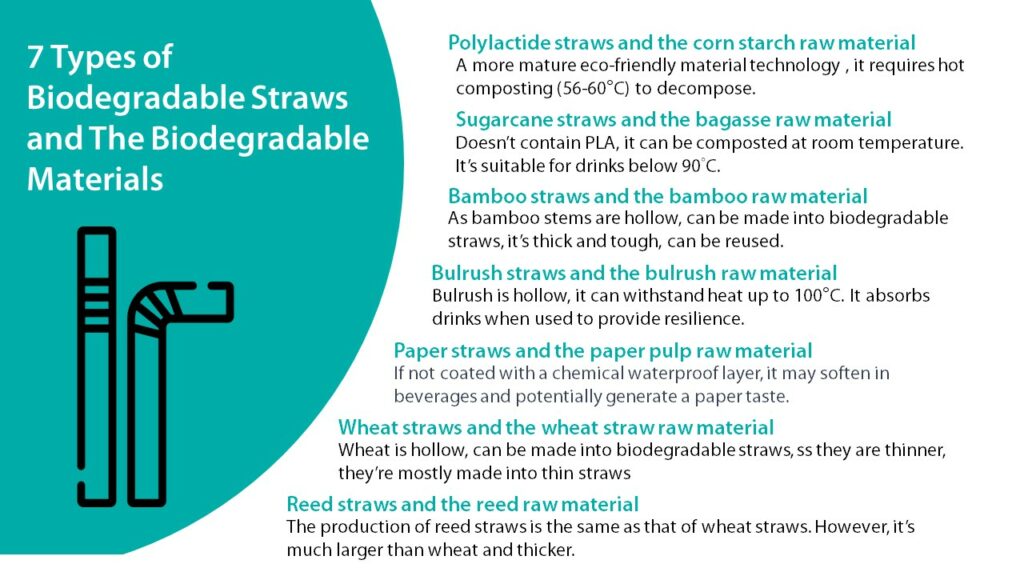
Polylactide straws and the corn starch raw material
Polylactide (PLA) is a kind of bio-based plastic that replaces fossil raw materials with corn starch to produce biodegradable plastic. It’s a more mature eco-friendly material technology which produces straws that look like plastic. It’s transparent and can be colored when needed. After use, it requires hot composting (56-60°C) to decompose. At room temperature, it requires several years to decompose. If it goes into the natural environment, it will still cause damage so it has to be processed at compost sites.
Sugarcane straws and the bagasse raw material
Sugarcane straws are made of bagasse, a farming byproduct that is the fibrous material that remains after crushing sugarcane for sugar or juice. It can be turned into a biodegradable material when processed. Its physical properties are close to plastic and it can be made into different products with the traditional molds for plastic. The carbon emissions during the production are lower than those of plastic as well. With small grains, sugarcane straws share the color of sugarcane and come in different lengths and diameters. As it doesn’t absorb drinks, it can be washed and reused as needed. As it doesn’t contain PLA, it can be composted at room temperature and return to nature the same way as plants. It’s suitable for drinks below 90°C.
Bamboo straws and the bamboo raw material
The raw material of bamboo straws is bamboo, widely grown in tropical and temperate zones. It’s a common crop in Asia. As bamboo stems are hollow, smaller bamboos, such as the arrow bamboo, can be made into biodegradable straws after simple cutting, polishing, and disinfection. It appears brownish yellow like the inner side of bamboo. As it’s thick and tough, with proper cleaning and drying, it can be used for months, even years. However, as it’s thicker, it takes longer to decompose in the natural environment.
Bulrush straws and the bulrush raw material
Bulrush is a kind of sedge that grows around tropical waters. It’s sensitive to frost so it’s rarely found in temperate zones. Bulrush is hollow and the stem walls are thinner than reed, making it easy to cut and disinfect. It can withstand heat up to 100°C. It absorbs drinks when used to provide resilience. It can be fully decomposed in nature just like ordinary fallen leaves.
Paper straws and the paper pulp raw material
Paper straws were the first biodegradable straws to be commercially manufactured. Made with a mix of paper and glue, mostly are dyed different colors. For eco and health reasons, chemical coating is mostly avoided nowadays, allowing paper straws to decompose faster and harmlessly while reducing the chance of chemicals leaching out into drinks. However, it also means paper straws might soften more easily to produce the taste or even pieces of paper, worsening the user experience.
Wheat straws and the wheat straw raw material
Before the invention of paper straws, rye grass straws were widely used in the U.S. for cocktails. However, they become soggy after being soaked in liquid for a while. Nowadays, wheat straw left after wheat harvesting is used to make straws to achieve a circular economy. Wheat straws are brown like wheat. As they are thinner, they’re mostly made into thin straws for cocktails or drinks suitable for sipping. They can naturally be decomposed after use like wheat straw at farms.
Reed straws and the reed raw material
Reed is a plant with a hollow stem that grows in humid areas around water and cleanses the water of wetlands. The production of reed straws is the same as that of wheat straws. However, it’s much larger than wheat and thicker, perfect for smoothies and drinks with toppings such as tapioca pearls, coconut jelly, and konjac. It can be naturally decomposed after use like ordinary aquatic plants.
How Long do Biodegradable Straws Take to Decompose?
The decomposition time of biodegradable straws depends on the material, thickness, and decomposition conditions. Aside from the less common TÜV OK bio-degradable certificate, there are no other certificates to regulate the decomposition time of biodegradable straws in certain environments. The current room temperature composting certificate that’s widely recognized and used is the home composting certificate, with the requirement that 90% of the material can be decomposed within 360 days.
Biodegradable Straw materials are Eco-friendly Alternatives to Single-Use Plastic
Eco-friendly, safe, hygienic, and convenient, biodegradable straws are a great replacement for disposable plastic straws that leaves no trace on Earth after use. It’s worth noted that every kind of biodegradable straw are designed differently. Whether it’s reusable or disposable, made directly from plants or processed plant fibers, every design idea represents different properties as well as decomposition conditions and speeds. Choosing the right biodegradable straw based on one’s needs is the only way to ensure eco-friendliness and a good user experience.







